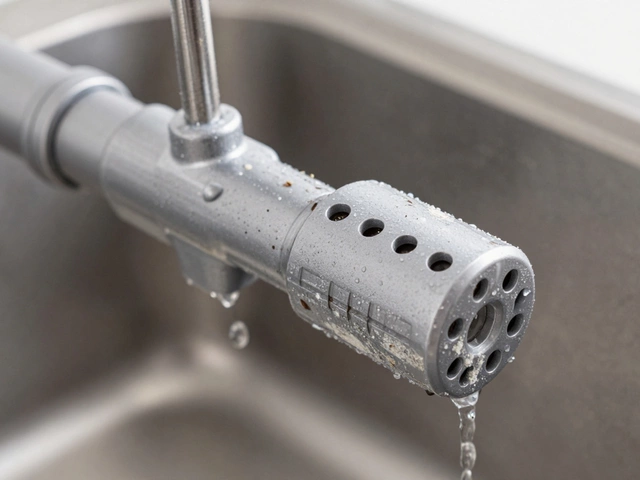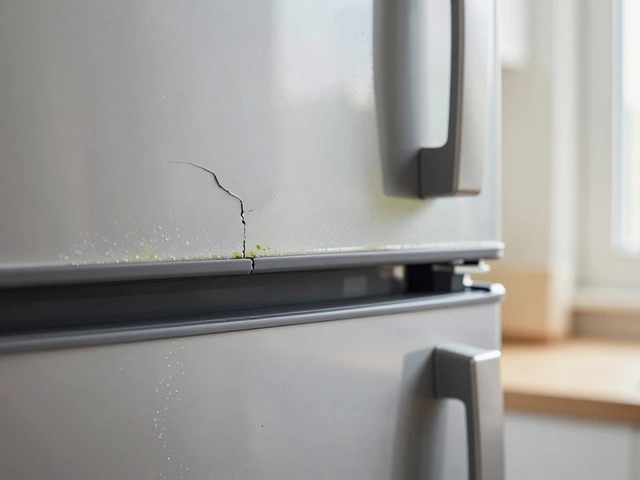Fan Cleaning: Essential Maintenance for a Healthy Home
When it comes to keeping your home appliances running smoothly, fan cleaning, the routine removal of dust, grease and debris from mechanical fans. Also known as fan maintenance, it helps preserve airflow, reduces energy use, and prevents costly breakdowns. Extractor fans, devices that pull stale air out of kitchens and bathrooms rely on the same principle – clean blades move air efficiently. Ventilation, the process of exchanging indoor and outdoor air is only as good as the fans driving it, so regular fan cleaning is a must for any homeowner who cares about indoor air quality. Finally, Appliance maintenance, the broader set of tasks that keep refrigerators, ovens and washers in good shape often includes cleaning the fans inside those units. In short, fan cleaning encompasses dust removal, requires periodic checks, and influences overall air flow performance across your home.
Why regular fan cleaning matters
Think of a fan as a lung – if it’s clogged, it can’t breathe. Over time, grease from cooking, lint from laundry vents, and fine house dust settle on blades and housings. This buildup slows rotation, forces the motor to work harder, and can trigger overheating warnings. A clean extractor fan in the kitchen, for example, lowers humidity, cuts down on cooking odors, and keeps your cabinets from warping. In the bathroom, a well‑maintained fan prevents mold growth by promptly removing moisture. The same logic applies to refrigerator condenser fans; a dust‑free coil runs cooler, which saves energy and extends the fridge’s lifespan. By tackling fan cleaning before the problem becomes a failure, you avoid emergency repair calls – a theme echoed in many of our posts about oven repair costs, freezer troubleshooting, and boiler emergencies.
Practical steps are simple: turn off power, remove the grille, vacuum or brush away loose debris, wipe blades with a damp cloth and a mild detergent, then reassemble. For tough grease, a mix of warm water and a splash of dish soap does the trick. Some homeowner guides suggest checking fan bearings every 12‑18 months and lubricating them if you hear a squeak. Frequency depends on usage; a kitchen fan used nightly may need cleaning every three months, while a rarely used attic vent can wait a year. When you combine these habits with routine checks of other appliances – like inspecting the washer’s pump filter or the dryer’s lint trap – you build a proactive maintenance routine that keeps everything humming.
Below you’ll find a curated collection of articles that dive deeper into each of these areas: from troubleshooting noisy extractor fans to understanding how fan cleaning fits into broader appliance repair strategies. Whether you’re looking for a quick DIY fix or deciding when to call a professional, the posts listed after this intro give you the facts, step‑by‑step guides, and cost‑breakdowns you need to keep your home breathing easy.
If your kitchen extractor fan is underperforming or has stopped working altogether, it might be blocked. This article guides you through unclogging it to ensure efficient airflow. With some simple tools and a little effort, you can restore your fan to full functionality and improve kitchen ventilation. Discover common clogging spots, essential equipment needed, and practical step-by-step instructions to get the job done. Keeping your extractor fan clean is crucial for a fresh and odor-free kitchen environment.
Servicing a bathroom extractor fan is crucial for maintaining good air quality and preventing mold. Regular cleaning and maintenance can extend the life of your fan and ensure it operates efficiently. Learn practical steps to clean and service your fan, when to replace it, and common troubleshooting tips. Understand why routine maintenance is vital for a fresh and healthy bathroom environment.



